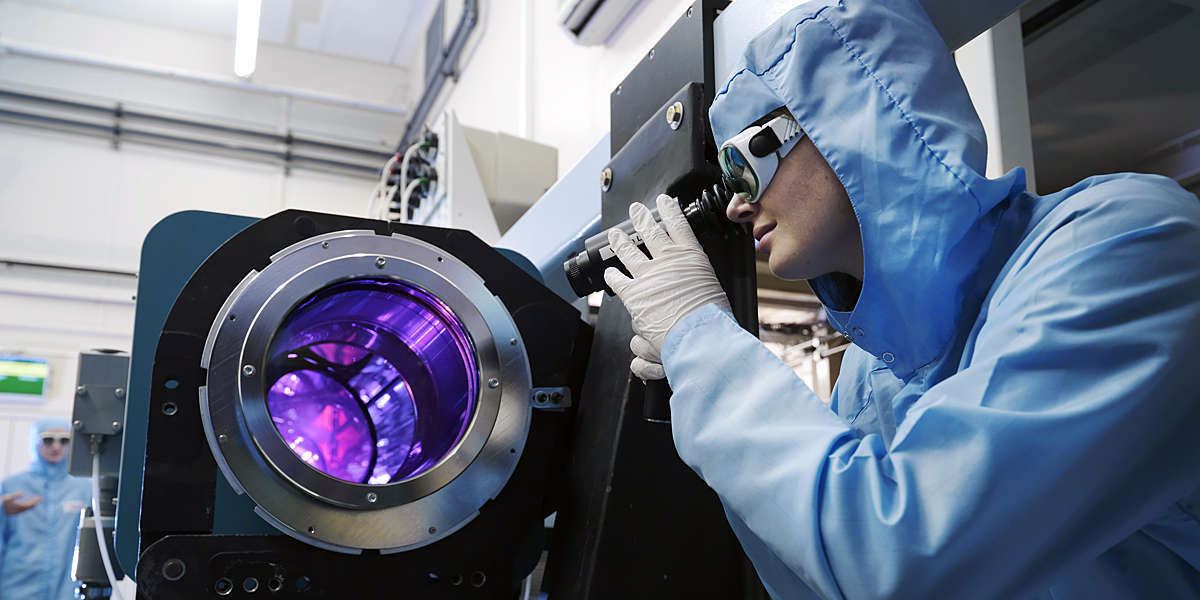Climate change, cyber-attacks and business disruptors may, at first glance, seem unrelated but they are all key threats to business sustainability. There is, however, a common tool to build resilience against them – innovation. So how can organizations be innovative enough in order to roll with the punches of an increasingly uncertain world?
The innovation game
Innovation economics professor Knut Blind tells us why standards are key to surviving in a highly complex 21st century global economy.


Innovation and standardization might seem polar opposites, but over many years various scholars have noted connections – very close ones, even – between the two. ISOfocus sat down with renowned researcher and professor Knut Blind to discuss the relationship – and “rules of the game” – and provide insights into how this knowledge can be useful to scholars, industrial strategists, policymakers and standards practitioners alike. What he says very much supports the notion that standardization and standards can be used to promote innovation. Here are a few highlights from the interview.
Knut Blind
Knut Blind is Professor for Innovation Economics at the Technical University Berlin. He is also the Coordinator of the Business Unit Regulation and Innovation at Fraunhofer ISI, whose research provides background knowledge and impulses for shaping innovation-friendly regulatory frameworks, primarily for government decision-makers.

Innovation is a global game. What does it mean in concrete terms? Can any company be innovative?
There are many definitions of innovation but, as economists, we like to refer to the recently updated definition of the Organisation for Economic Co-operation and Development. Its Oslo Manual 2018 defines innovation “as a new or improved product or process (or combination thereof) that differs significantly from the unit’s previous products or processes and that has been made available to potential users (product) or brought into use by the unit (process)”.
All companies need to innovate in order to survive in today’s competitive markets; thus, the majority of companies can be seen as innovative. Indeed, companies that consistently plough their resources into research and development are, in general, more likely to remain innovative over time.
How do you maintain innovation in a successful company (irrespective of size and industry)?
In addition to conducting research and development, a highly skilled, close collaboration with research organizations and other stakeholders, such as suppliers and customers, framed by a lively innovation culture, are further drivers for companies. That said, the innovator’s dilemma must remain a permanent consideration, namely the decision that businesses must make between catering to their customers’ current needs versus adopting new innovations that will answer their future needs, as this can could mean that market leaders and incumbents fail to seize the next wave of innovation in their respective industries.

Let’s talk about standards. Increasingly, companies are trying to close the innovation gap. What are the key benefits that standards can offer? How can standards (and involvement in standardization) help companies to innovate?
Not just the finished standard, but the standardization process itself, is already a source of innovation, because companies learn about the technological knowledge of the research institutes involved and their suppliers, but also their customers’ preferences and the requirements from governmental institutions and other stakeholders.
In that sense, then, measurement and testing standards can support the new product’s development, quality standards the acceptance of new products and processes in the market and interoperability standards the exploitation of network effects, as is the case in information technology.
Another factor of successful innovation is the product’s broad diffusion in the market. Here, standards can help to promote both the speed and breadth of the diffusion of new technologies and the products and processes that are built on them. Lastly, standards might even enable new business models based on the combination of open standards and proprietary technologies or services.
What can be done to change the perception that standards are rigid and stifle innovation?
It’s important to present standards as dynamic documents that reflect the timely continuous progress of science and technology. In particular, frequent checks must be conducted to adapt the existing body of standards and even withdraw standards if they no longer reflect the state of the art in science and technology. While this is already being done to some extent, the incentives to keep the body of standards agile in the context of an increasingly dynamic environment may still need to be improved. For example, in the case of new emerging technologies, it might be worth having competing standards for a while until the superior one naturally takes the lead.
The majority of companies can be seen as innovative.

How can we develop standards over the long haul to ensure they continue to promote innovation? What can ISO do, in particular?
First of all, standardization processes should pick up on new trends in science and technology, but also in markets and society, whilst they are still in the early phases. This means that standardization should help shape the development of these new technologies and markets, as it is doing in artificial intelligence, and not wait to jump in when major decisions have already been taken by the relevant stakeholders.
Furthermore, standards should be based on the most recent and approved insights from science and technology, which means that they need to be evidence-based. However, standards must also be “open” in the sense that dominant players with a strong market power or large patent portfolios should not be able to misuse standards to exclude their competitors from the market. This means that standardization processes need to be open to new ideas from innovative players – even suggestions made by start-ups are welcome!
Innovation generation
All industries have to continually innovate, whether its technology or retail. But how? Look no further than this edition of ISOfocus for more.
/en/2020/ISOfocus_142/ISOfocus_142.jpg/thumbnails/300)



